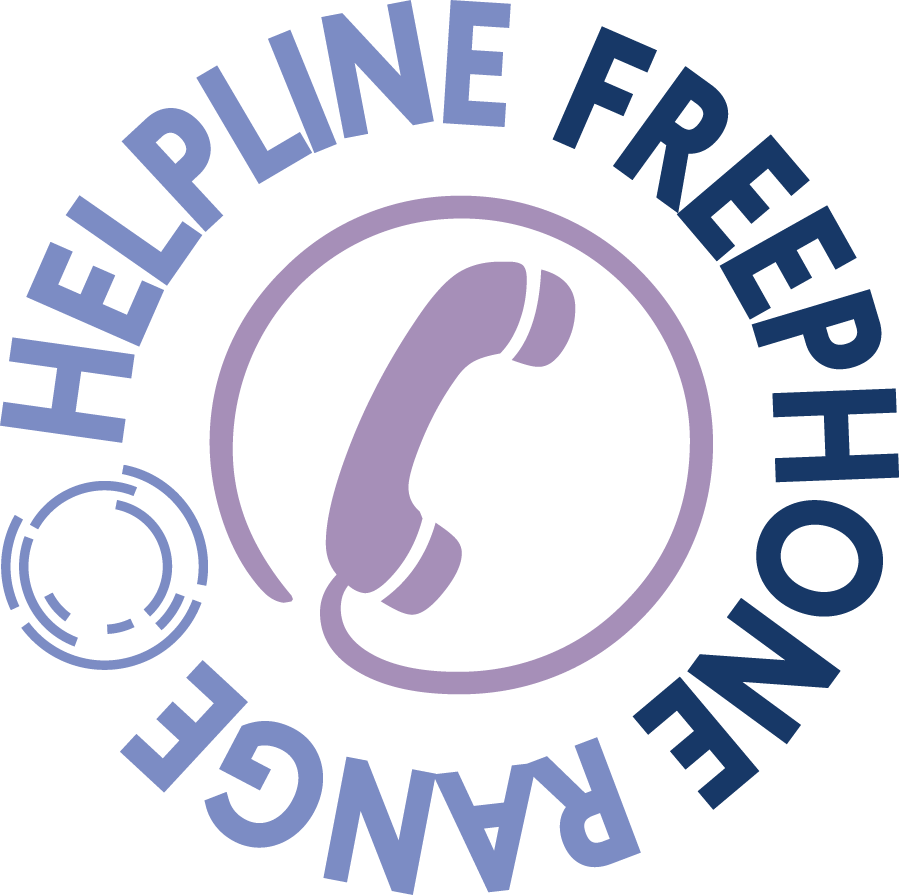
The new figures show that the number of deaths dropped from 217 (a rate of 0.31 deaths per 1,000 live births) in 2014 to 191 (a rate of 0.27 deaths per 1,000) in 2015. The 2015 figures show a decrease of 25% since 2013 and continue the trend of record low SIDS rates in England and Wales for the second year running.
ONS attribute the decrease to a reduction in maternal smoking and increased awareness of safer sleep advice, referencing the launch of The Lullaby Trust’s annual Safer Sleep Week campaign in 2015. The campaign aimed to raise awareness of SIDS (commonly known as cot death) and safer sleep and involved health authorities across the UK. The Lullaby Trust also trains health professionals in how to educate new and expectant parents on safer sleep practices.
Although rates have declined by more than a third over the past 10 years, leading SIDS charity The Lullaby Trust cautions that it is important not to become complacent and following safer sleep advice remains as vital as ever. If parents were to stop following safer sleep advice such as placing a baby on their back to sleep then the rate of SIDS would inevitably go up.
Francine Bates, Chief Executive of The Lullaby Trust said:
“The further reduction in SIDS rates for 2015 is extremely positive and demonstrates the effectiveness of following safer sleep advice and the importance of making sure that advice reaches all parents and carers. The Lullaby Trust has been campaigning over the past 25 years to ensure that this happens. Although SIDS rates have decreased significantly over the past decade, 191 babies still died in 2015 and the risk has not gone away. We need to ensure that parents continue to recognise the vital importance of following safer sleep advice. Only by making all families aware of the steps they can take to help protect their babies, can we save more lives and drive the number down.”
The ONS figures also show a significant decrease in unexplained infant deaths to mothers aged under 25 years in 2015, with a reduction of 40.6% being seen for those aged under 20. The rate of SIDS remains highest in Yorkshire and the Humber at 0.42 deaths per 1,000 live births, showing a decrease from 0.48 followed by the North West at 0.40, which has increased from a rate of 0.32 the in 2014.
Before 1991 around 2,000 babies died from SIDS each year in the UK and sleeping babies on their front was common practice. Following the high profile Back to Sleep campaign, which advised all parents to sleep their babies on their backs and subsequent work over 25 years by The Lullaby Trust, to raise awareness of SIDS and safer sleep advice, SIDS rates have reduced by 81%. The cause of SIDS remains unknown but the advice to parents on how they can reduce the risk is scientifically proven. The Lullaby Trust is determined to ensure this advice continues to reach all parents and people do not assume the danger has passed.
About sudden infant death syndrome (SIDS)
Sudden infant death syndrome is the term used to describe the sudden and unexpected death of a baby where no cause is found even after post mortem. Though the cause of SIDS remains unknown there are steps parents can take to help reduce the chance of it occurring:
Things you can do to reduce the risk of SIDS
- Always place your baby on their back to sleep
- Keep your baby smoke free during pregnancy and after birth
- Place your baby to sleep in a separate cot or Moses basket in the same room as you for the first 6 months
- Breastfeed your baby
- Use a firm, flat, waterproof mattress in good condition
Things to avoid
- Never sleep on a sofa or in an armchair with your baby
- Don’t sleep in the same bed as your baby if you smoke, drink or take drugs or are extremely tired, if your baby was born prematurely or was of low birth-weight
- Avoid letting your baby get too hot
- Don’t cover your baby’s face or head while sleeping or use loose bedding
Further advice on safer sleep can be found here.
ONS
To view the ONS statistical bulletin visit the ONS website here.
The ONS figures cover unexplained infant deaths, which include both sudden infant deaths and unascertained deaths.

